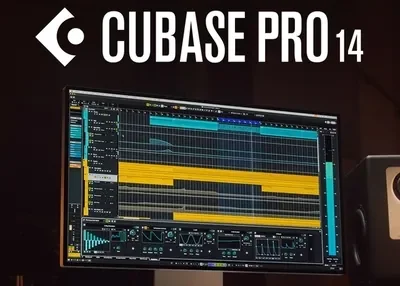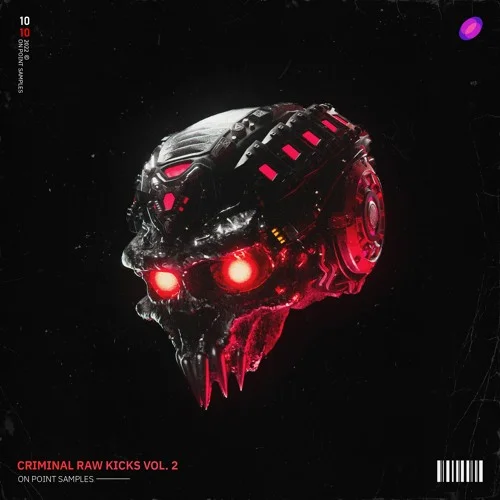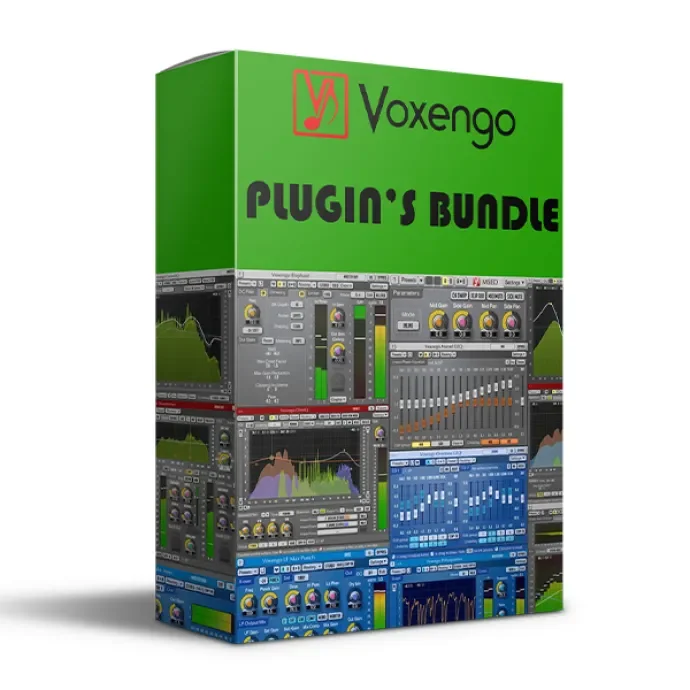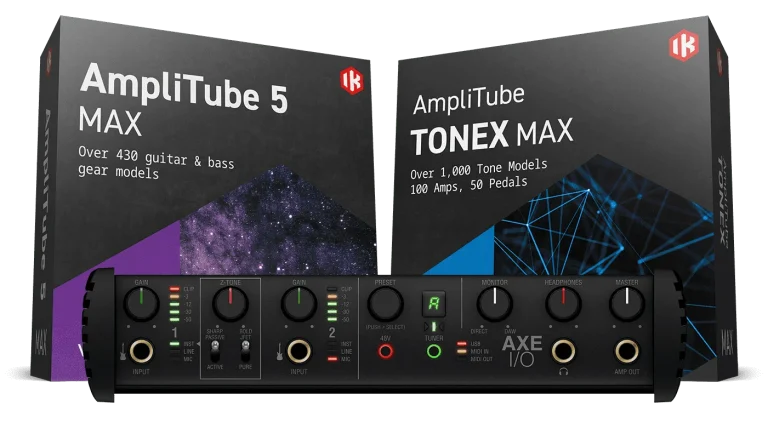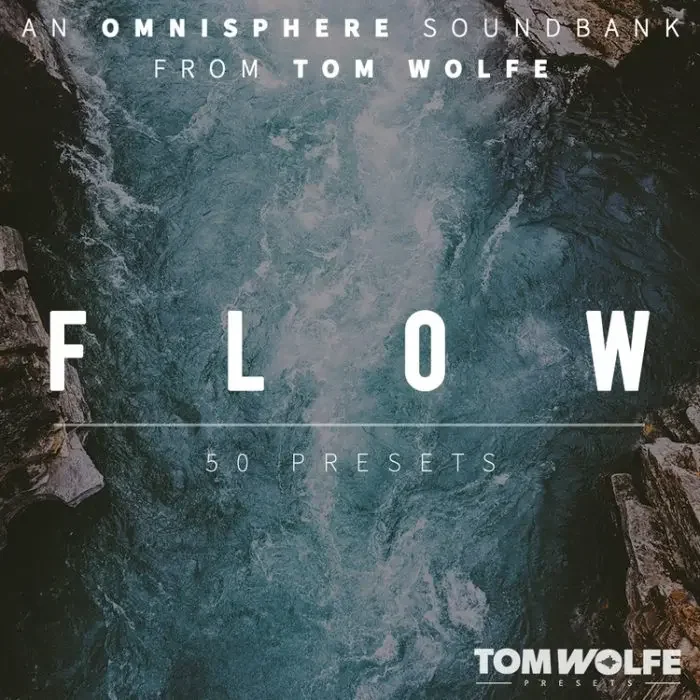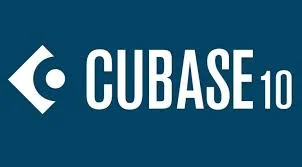
Cubase Elements: A Beginner’s Guide to Installation and Setup for Home Recording
If you’re stepping into the world of music production, Cubase Elements is an excellent choice for beginners, solo artists, and small music groups. This home recording software is tailored for users new to Cubase or those working on basic arrangements and recordings with minimal processing. In this comprehensive guide, we’ll walk you through the installation process of Cubase Elements 10.0.40, ensuring a smooth setup for your creative journey.
Why Choose Cubase Elements for Music Production?
Cubase Elements is a user-friendly music production software designed to help aspiring musicians create, record, and arrange tracks without overwhelming complexity. Whether you’re a solo artist or part of a beginner band, this software offers the essential tools needed for small-scale projects. Let’s dive into how you can get started with installing and activating this powerful tool.
Step-by-Step Installation Guide for Cubase Elements
Setting up Cubase Elements requires careful attention to detail to avoid common pitfalls. Follow these steps to ensure a hassle-free installation:
1. Prepare Your System for Installation
Before you begin, check if an older version of the eLicenser Control Center (such as 6.11.7 or 6.11.6) is installed on your system. If so, uninstall it completely to prevent compatibility issues with the updated version (6.11.8.9256) included in the Cubase distribution.
2. Disable Antitrial Software (If Applicable)
If you have Antitrial software on your system, disable it temporarily. Failure to do so may cause the installation to hang indefinitely. Navigate to the ‘Cubase Elements 10.0.40 eXTender’ folder, run the ‘eLicenser Antitrial b8.exe’ file, choose the ‘Disable eLicenser Antitrial’ option, and proceed.
3. Install Cubase Elements
Locate the ‘Cubase Elements 10.0.40’ folder and double-click on ‘Setup.exe’ to start the installation. Wait patiently for the process to complete without interrupting it.
4. Create a Steinberg Account for Activation
To activate your copy of Cubase Elements, you’ll need a trial activation code. Visit the official Steinberg website, create an account (you can use a temporary email if preferred), and obtain the activation code via email.
5. Activate Using eLicenser Control Center
Launch the eLicenser Control Center from your desktop and input the received activation code. When prompted about starting the trial period, select ‘Cancel.’ After closing the Control Center, navigate to ‘C:\ProgramData\Syncrosoft,’ and copy the ‘SeLicenser.sel’ file. This file can be reused after a system reinstall, eliminating the need to request a new trial code.
6. Configure Antivirus Exclusions
If you’re using Windows Defender or another antivirus program, add the folder ‘C:\Program Files (x86)\eLicenser\POS’ to the exclusion list before proceeding. This prevents the antivirus from deleting critical files like ‘Antitrial SYNS0POS.exe,’ which are essential for Cubase to function.
7. Set Up eLicenser Antitrial and Additional Licenses
Run ‘eLicenser Antitrial b8.exe’ again, selecting the option ‘Set eLicenser Antitrial (for eLCC v6.11.8).’ If you need extra licenses for other Steinberg programs, check the ‘Additional Content Licenses’ box. Note that this may temporarily disconnect your internet and adjust your system date.
8. Finalize Setup with eXTender
Go to the ‘Cubase Elements 10.0.40 eXTender’ folder and run ‘Cubase Elements v10.0.40 eXTender.exe.’ If you didn’t alter the default installation path, proceed through the first window. In the second window, ensure ‘eXTender default’ is selected, then click ‘Next.’
9. Troubleshoot Startup Errors
If Cubase crashes on launch with an error message, rerun ‘Cubase Elements v10.0.40 eXTender.exe’ and choose the ‘eXTender for system with dongle’ option before continuing.
Tips for a Smooth Experience with Cubase Elements
– Always double-check antivirus settings to avoid file deletions during installation.
– Keep a backup of the ‘SeLicenser.sel’ file to streamline future reinstalls.
– Ensure your system meets the minimum requirements for Cubase Elements to prevent performance issues.
Conclusion
Getting started with Cubase Elements is a straightforward process if you follow the steps outlined in this Cubase installation guide. This software is an ideal entry point for anyone looking to explore music production software for home studios or small projects. With proper setup, you’ll be ready to create and record your musical ideas in no time. If you encounter any issues, refer back to this guide or reach out to Steinberg’s support for assistance.
Ready to make music? Install Cubase Elements today and unleash your creativity!
